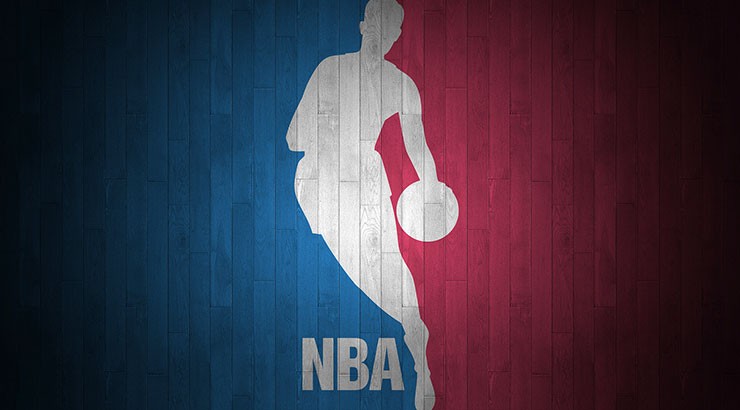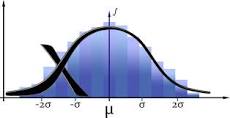Who are the NBA’s all-time best team players, inside (the 4 or the 5) and outside (the 1, the 2, or the 3)? We are not talking about the NBA MVP category, which is a whole different statistical category with different criteria. Rather, we want to determine statistically the best inside team player and the best outside team player.
Actually, in a very rudimentary way, we’re trying to quantify a qualitative category. Nonetheless, according to the website link dictionary.com, the term best is defined as “of the highest quality, excellence, or standing: the best work; the best students.” Let’s see what the stats say about these two categories – the best inside team player and the best outside team player.
METHODOLOGY.
Twenty NBA All-Stars were included in the sample.
The ten NBA MVP award winners since 2000, which consists of Allen Iverson (2001), Tim Duncan (2002-2003), Kevin Garnett (2004), Steve Nash (2005-2006), Dirk Nowitzki (2007), Kobe Bryant (2008), LeBron James (2009, 2010, 2012, and -2013), Derrick Rose (2011), Kevin Durant (2014), and Stephen Curry (2015).
The top ten statistically rated players from the NBA’s 50 Greatest List, as determined by my analysis (see http://hoopsbusiness.com/?p=166). These ten players, in alphabetical order by last name, consist of Kareem Abdul-Jabbar, Elgin Baylor, Larry Bird, Wilt Chamberlain, Magic Johnson, Michael Jordan, Bob Pettit, Oscar Robertson, Bill Russell, and Jerry West.
These twenty NBA players were ranked from 1 (the best) through 20 (the lowest) in a comparison based on their career performance in each of the following six statistical categories, with each category having a weighted percentage of the Final Rank. Thus, the lowest “Final Rank” score is the best score.
Four individual statistics were worth 36.0 % of the ranking, as shown below.
- Points per Game (PPG), 9.0%.
- Rebounds per Game (RPG), 9.0%.
- Assists per Game (APG), 9.0%.
- Minutes per Game (MPG), 9.0%.
Two team related statistics were worth 64.0% of the ranking, as shown below.
- Rings won in career (Rings), 32.0%.
- MVP awards won in a career, 32.0%.
(Author’s note: For this analysis, the MVP award is considered an award which is based on both on team performance and individual performance. Even though the NBA MVP is chosen prior to the playoffs, the vast majority of MVP award winners have come from playoff and championship teams but is based on individual performance. Hence, the dual consideration of both team and individual. )
If two or more players were tied with the same data, they were each given the best rank possible. Thus, in PPG, MJ and Wilt both earned a “1” (the best score) because they had identical 30.1 averages, the highest PPG average.
It is crucial to keep the information on this list in context. Remember the quote popularized by humorist Mark Twain and widely attributed to British Prime Minister Benjamin Disraeli: “There are three kinds of lies: lies, damned lies, and statistics.”Contrary to Disraeli’s comment, however, statistics do not lie; but, without context, statistics do not tell the whole truth.
Draw your own conclusions from this table, but remember these numbers are an interpretation and analysis of what comprises a team player in the NBA. It is a quantification of a qualitative category.
RESULTS.
| Name | Pos. & # | PPG
Rank 9% |
RPG
Rank 9% |
APG
Rank 9% |
MPG
Rank 9% |
Rings Rank
32% |
MVPs
Rank 32% |
Final Average | |
| 1 | Russell | C-5 | 19 | 2 | 13 | 2 | 1 | 2 | 4.20 |
| 2 | Jordan | G-2 | 1 | 14 | 10 | 10 | 2 | 2 | 4.43 |
| 3 | Abdul-Jabbar | C-5 | 11 | 5 | 16 | 12 | 2 | 1 | 4.92 |
| 4 | Chamberlain | C-5 | 1 | 1 | 12 | 1 | 8 | 4 | 5.19 |
| 5 | James | F-3 | 4 | 12 | 4 | 6 | 8 | 4 | 6.18 |
| 6 | Johnson | G-1 | 16 | 11 | 1 | 13 | 4 | 6 | 6.89 |
| 7 | Bird | F-3 | 12 | 8 | 8 | 9 | 7 | 6 | 7.49 |
| 8 | Robertson | G-1 | 9 | 10 | 2 | 3 | 10 | 11 | 8.88 |
| 9 | Duncan | F-4 | 16 | 6 | 18 | 19 | 4 | 8 | 8.99 |
| 10 | Bryant | G-2 | 10 | 16 | 11 | 14 | 4 | 11 | 9.11 |
| 11 | Pettit | F-4 | 8 | 3 | 19 | 8 | 10 | 8 | 9.26 |
| 12 | Curry | G-1 | 14 | 17 | 4 | 17 | 10 | 11 | 11.36 |
| 13 | Garnett | F-4 | 18 | 7 | 15 | 17 | 10 | 11 | 11.81 |
| 14 | Nowitzki | F-4 | 13 | 9 | 20 | 16 | 10 | 11 | 11.90 |
| 15 | West | G-1 | 6 | 15 | 6 | 7 | 10 | 19 | 11.98 |
| 16 | Iverson | G-1 | 7 | 18 | 9 | 4 | 16 | 11 | 12.26 |
| 17 | Durant | F-4 | 4 | 13 | 17 | 11 | 16 | 11 | 12.89 |
| 18 | Baylor | F-3 | 3 | 4 | 13 | 5 | 16 | 19 | 13.33 |
| 19 | Nash | G-1 | 20 | 20 | 3 | 20 | 16 | 8 | 13.67 |
| 20 | Rose | G-1 | 15 | 18 | 7 | 15 | 16 | 11 | 13.79 |
SUMMARY and CONCLUSIONS.
It is, or it should be, the goal of every NBA team to win the Larry O’Brien Championship Trophy and the corresponding “rings” that accompany this trophy. Over the course of the NBA season, players are called upon to perform varying, complementary roles to try to win this award. In the end, there can be only one and only one winner of the O’Brien trophy. The teamwork necessary to win the O’Brien trophy is perhaps the most accurate index of the best team players in the NBA. Based on the statistical analysis and the percentages used for the analysis of who are the NBA’s best team players (Inside and outside), two conclusions emerged in the table above.
- Bill Russell is the NBA’s all-time best inside team player statistically.
- Michael Jordan is the NBA’s all-time best outside team player statistically.
To me, these results make perfect sense because Russell is the hands down leader in rings won with 11 championships in a 13 season career. Other than Robert Horry, who won 7 rings as a situational player with three teams (Houston 1994-1995, LA 2000-2002, and San Antonio 2005 and 2007), every other player who has more rings than MJ was a teammate of Bill Russell.
About the author – BILL HARVEY, Call Sign “Stats”, is the Editor of Hoops Business. He is a former basketball player, basketball referee, Army officer, and college instructor in technical writing with a public relations and journalism background. He is also the editor of the Net Set blog at http://thenetsetblog.com. BA degree from Xavier University and MA degree in Information Management.



